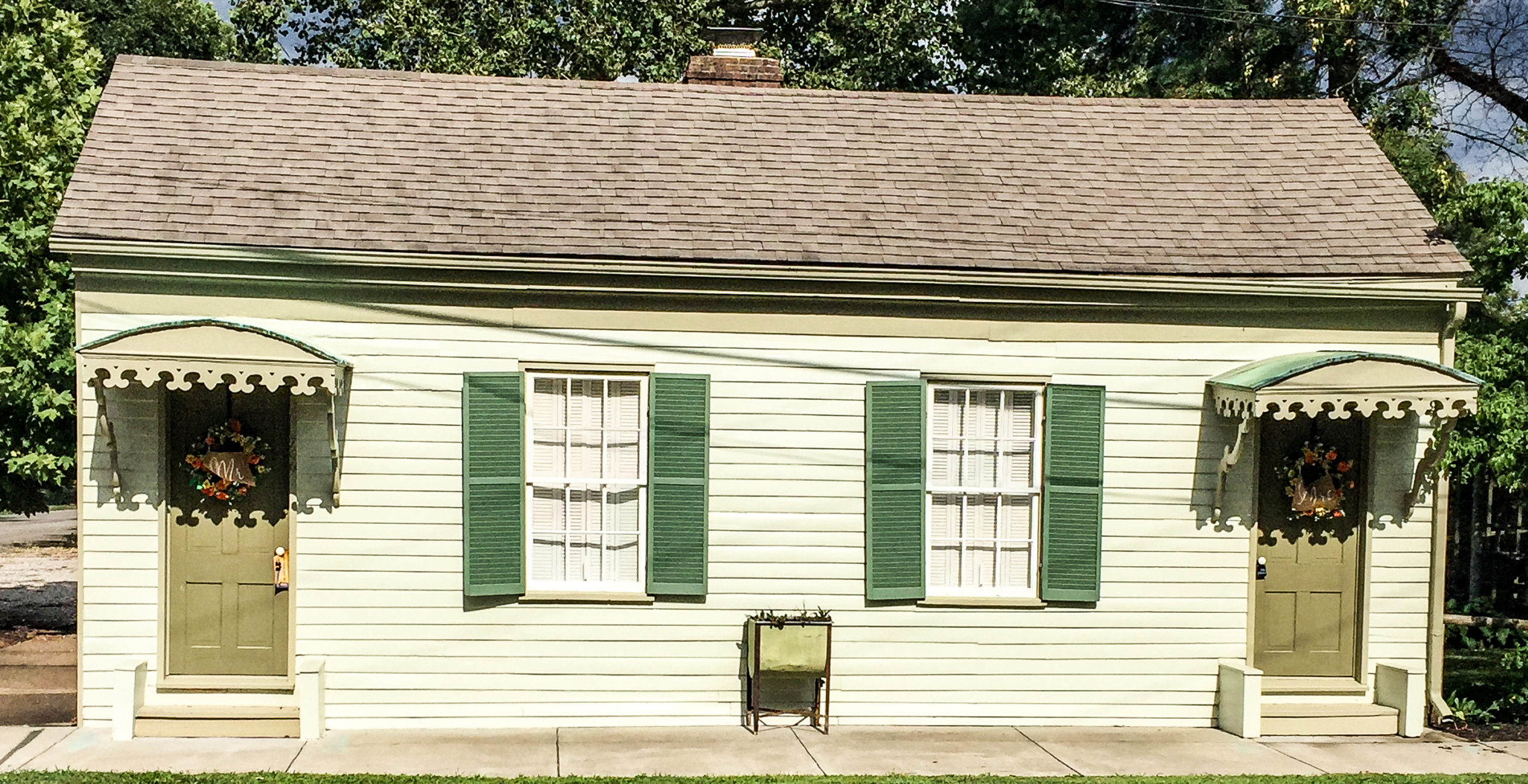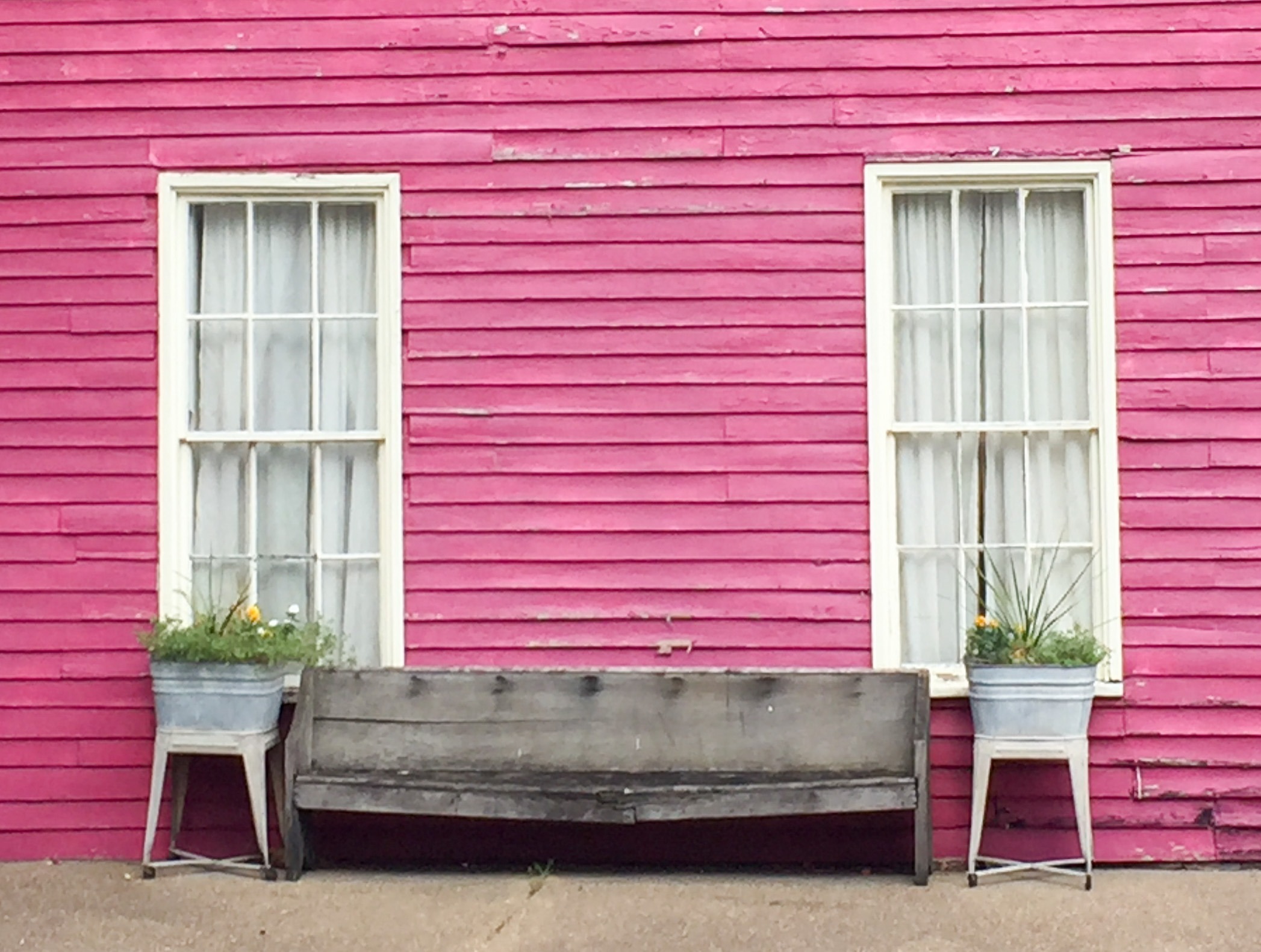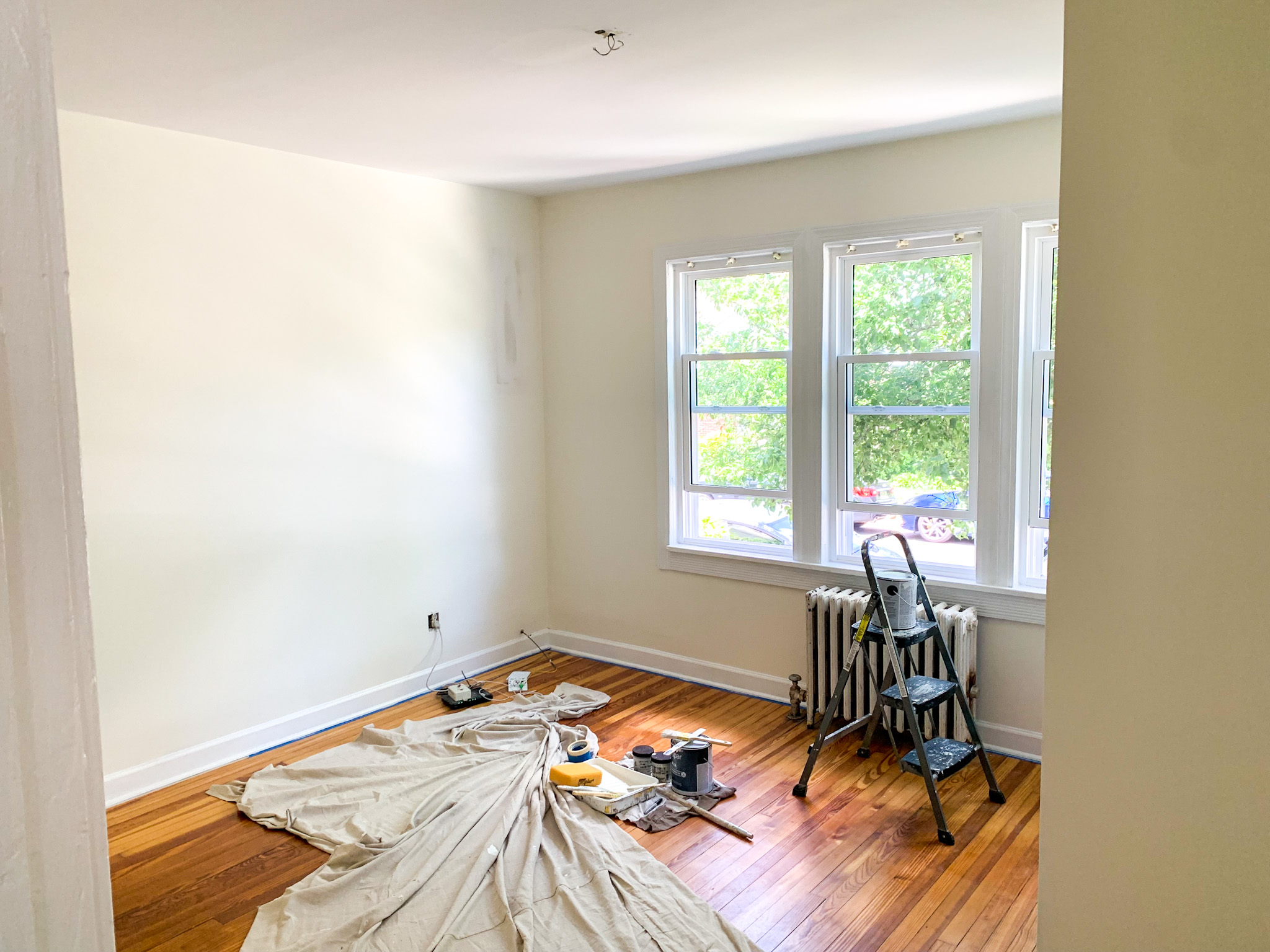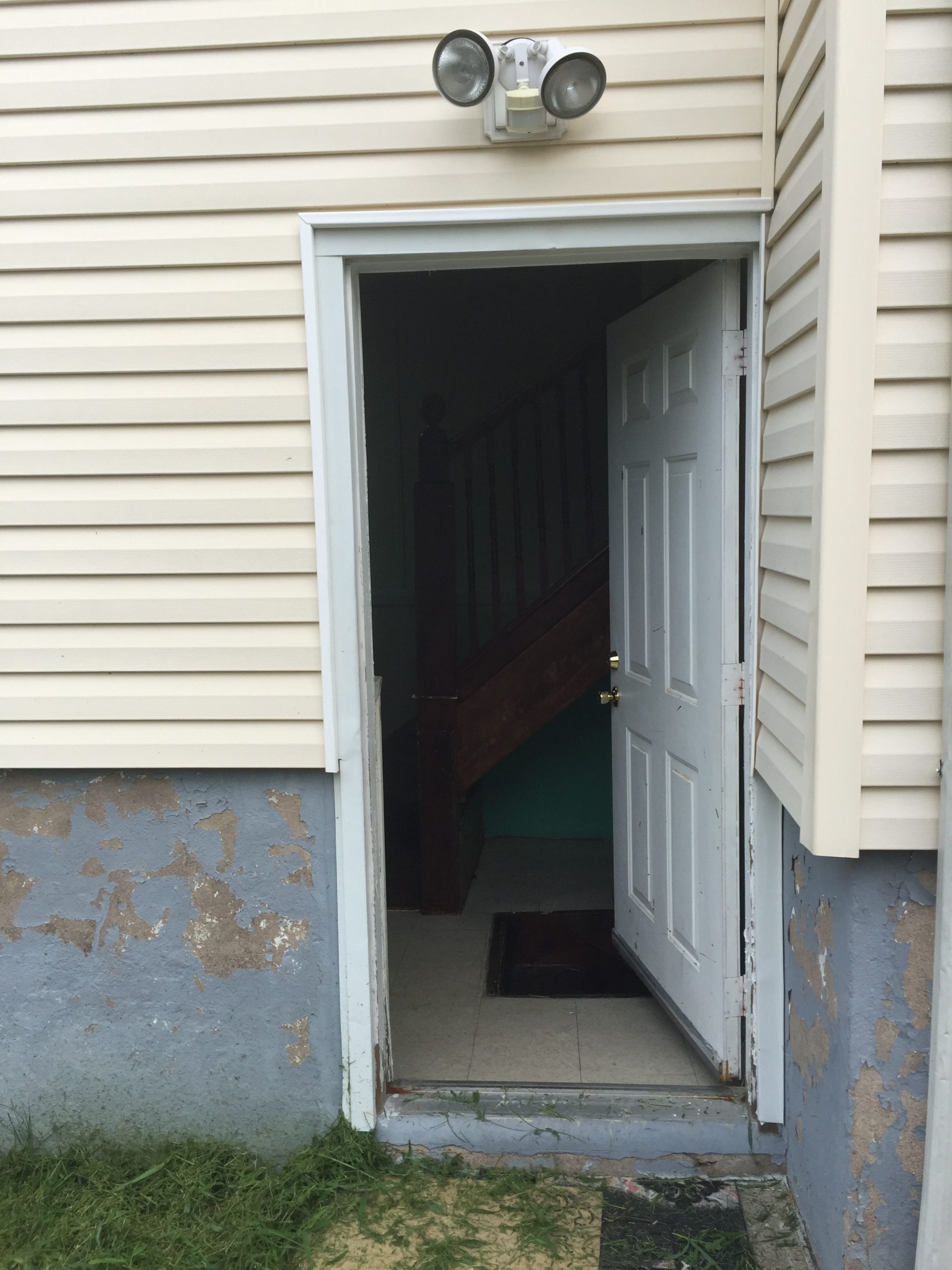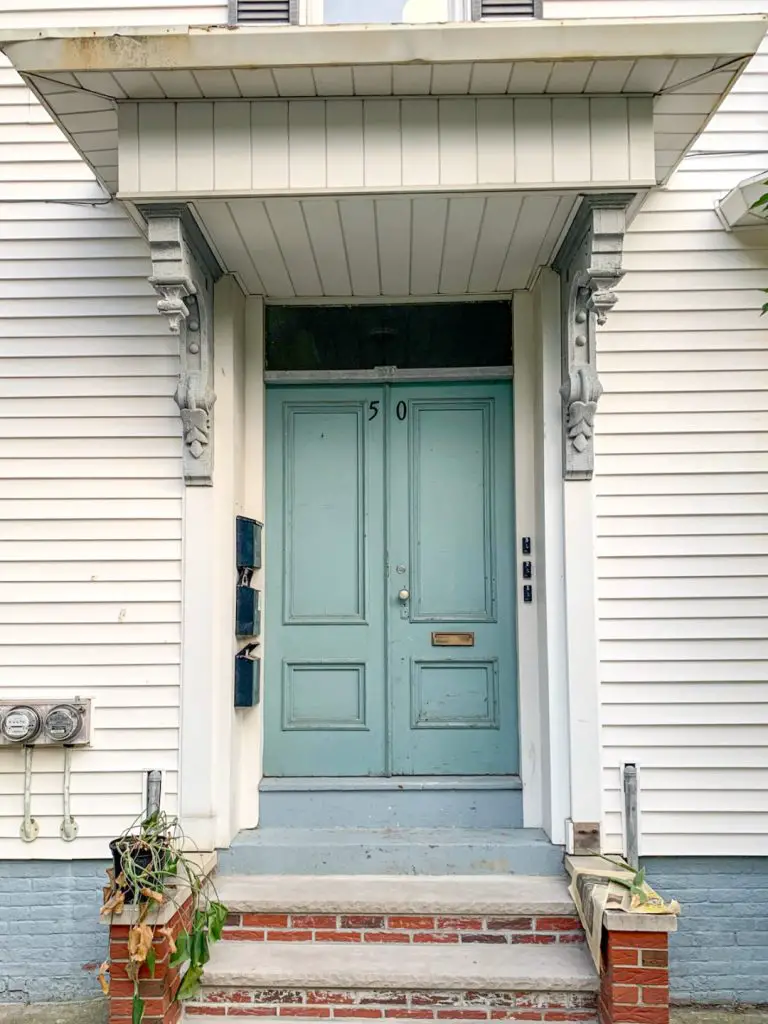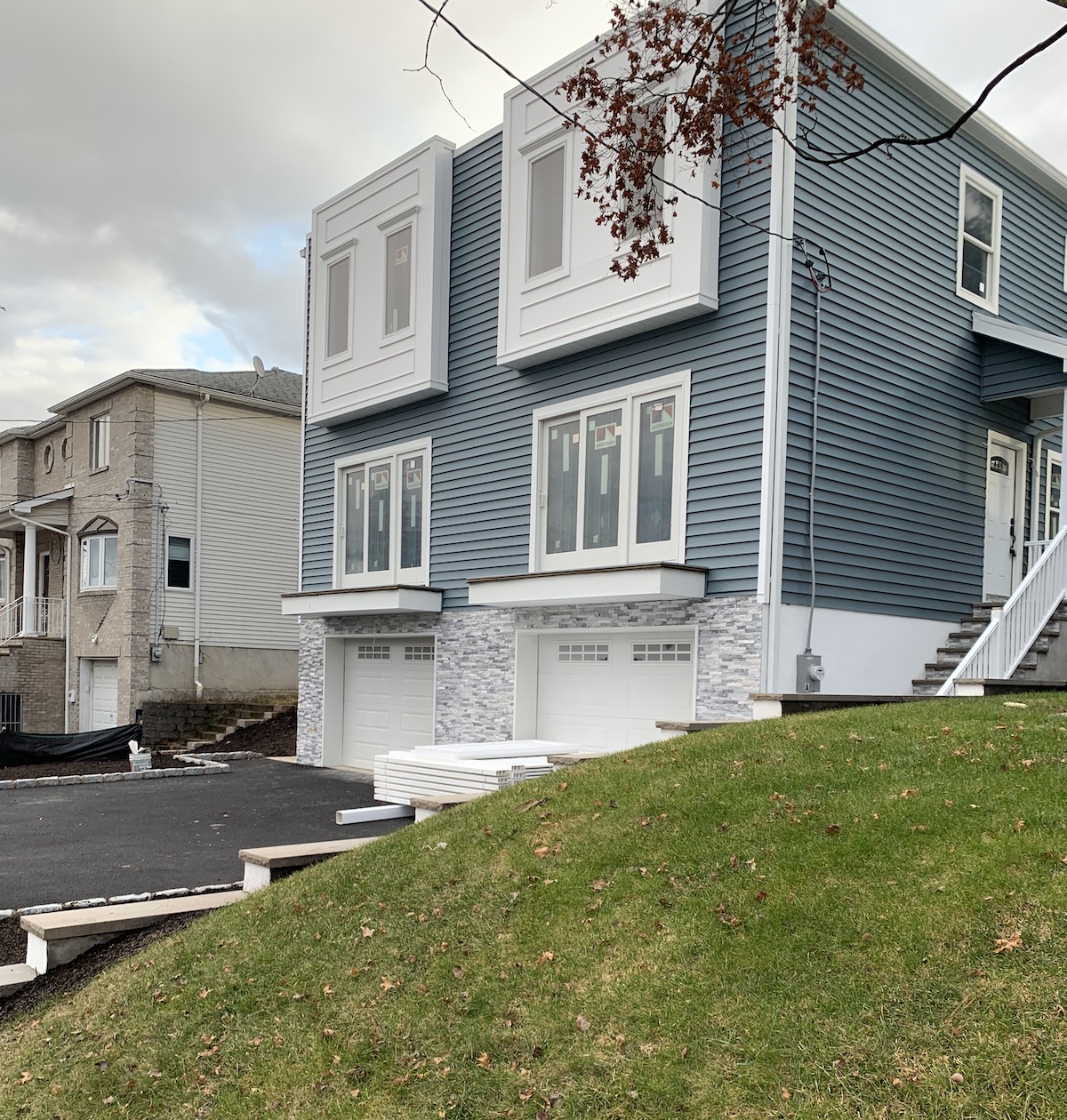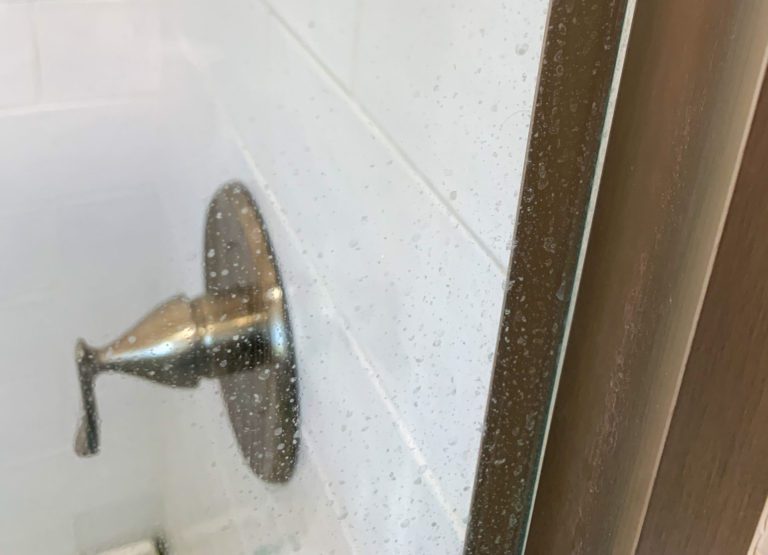Ultimate Ways to Find a House From Your Couch
This post may contain affiliate links. If you purchase a product through one of them, we will receive a commission at no additional cost to you. As Amazon Associates, we earn from qualifying purchases.
Ok, fellow home buyer. You’ve read through the ultimate guide to buying a home, you’ve set your budget, you’re rocking and rolling on pre-approvals, and you have decided what you want. It’s time to find a house from your couch!!
YES!!
Or, not “yes,” because house shopping on the internet is very different than clothes or home goods shopping on the internet. What does all of it mean? Where do we even start?
You can learn a lot about a house or property from the comfort of your cozy couch. Do yourself a favor and take ten minutes before a night of streaming to instead browse your favorite real estate site.
Here are our tried-and-true tactics for house shopping online:
Pick a Website
I’m not going to tell you which website to use – that’s up to you. Some are pretty and offer good info, others are harder to navigate but offer optimal info. Your realtor probably has a link to his or her personal page as well. For the most up-to-date information and listings, your local MLS – Multiple Listing Service – is the place to go. Other popular sites include Zillow, Redfin, Realtor, and Trulia.
These websites will also have email lists for alerts – if you live in a hot market (and living outside NYC, ours is always a hot market), you can sign up to get up-to-the-minute listings delivered right to your inbox, often within your preferred parameters. We recommend sticking to only a few sites to keep your life simple, since they become redundant (there are only so many listings in the world.) Which brings me to my next point…
Set Your Filters
If you’re going to find a house from your couch, you will likely be tempted to check the “filters” boxes on the real estate websites.
About that! Each of the various real estate websites offers filters to help you narrow down your search. This is where it’s important to have set your boundaries by the time you go shopping. You’ll know EXACTLY what you want or don’t want. Think of it like this: it’s similar to dating – you’ve got a general idea of what will suit you, and then when you bump into him or her, you just know.
Let’s say you know that you want to buy a house (as opposed to a condo, or a plot of land, or a manufactured home). Great! You might be flexible on beds and baths, or you might not. Here’s where a word of warning comes in:
Many property listings contain errors. Sometimes realtors are careless, sometimes the listing is typed in by a multi-tasking intern working for little money. Either way, beware! For example, a 3 bedroom / 2 bathroom house (say the lingo with me: “A three-two”) might be incorrectly listed as a 2/3. As in, two bedrooms and three bathrooms. Those are not the same thing.
If your heart is set on a 3-bedroom house (say you have two kids, or need an office space or whatever), and you set your search filters for only 3 bedrooms and up, you might miss out on the perfect house. It’s unfortunate that these errors happen All. The. Time. Our house – our beloved two-family house – was listed as a single family on both HUD Homestore and the MLS. Had we not kept our search filters very loose, we might have missed out on the opportunity of our lives.
My point is, filter out the big stuff, like condos, etc., but don’t get too strict (in-unit laundry, I’m looking at you) – for you might fall victim to the downside of search engine technology.
Scour Photos Like a Detective
This is where it gets fun. When you find a house from your couch, the best part is looking at the pictures!
What can we learn from the pictures? Ohhhhh man, the possibilities are endless. Let’s take a look at the original listing photos from our two-family and discuss.
First, Check the Exterior.
Aka “Curb appeal.” Notice the obvious – how many steps are required to get into the home? Does it have a driveway? Is it on a weird hill? If you live in a cold climate, how do you feel about shoveling snow from that huge driveway? Is it a corner lot (read: more snow!) or is it a narrow one?
Let’s take a saunter around the exterior of our two family.
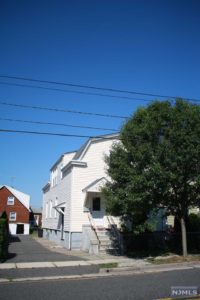
Positives:
- The siding appears to be in good shape
- It’s a narrow lot – less snow to clean
- The house comes with its own trash can!
- It appears to be a two-family home (there are two mailboxes)
- It was a really nice day when they took this photo.
Negatives:
- Those front stairs look shady
- The two large trees look like they were planted (a) too close to the house and (b) too close to the curbside tree
- The side door has a THREE FOOT DROP with NO STAIR
- Look at that dented metal shed in the back!
Secondly, Check the Kitchen.
Why the kitchen? If you’re going to have to renovate something, the kitchen and bathroom will cost the most money – and give you the most return on your investment. It’s best to see what you’re up against from the get-go.
Here at our two family, we had two kitchens to observe.
First floor kitchen
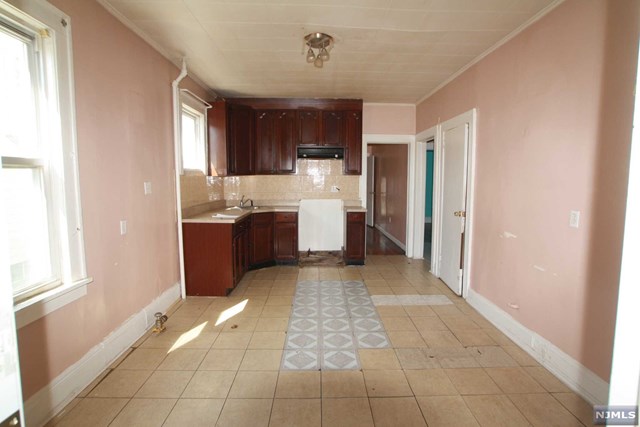
Now if that doesn’t scream “BUY ME” I don’t know what does!! HA! Let’s break it down.
Positives:
- It looks decent in size, particularly for a single-level apartment in a 2-fam in NJ
- There is a steam pipe on the left – this tells us what kind of heat to expect (steam!)
- The cabinets are tall – 42” to be exact — which tells us that the ceilings are nice and high
- There is a closet on the right! Yay, the room has some storage.
- If you look very closely at the stove area, there is a gas pipe – meaning a gas stove, which is what we personally prefer to cook on
- If we look at the trim on the doorways, we can see it is wide – suggesting this is an older house.
Negatives:
- There are no appliances
- The flooring is, shall we say… dated?
- The light fixture looks sketchy
- There’s a radiator pipe on the left without a radiator attached to it. Why? And in how many rooms is this a problem?
- Why would you cover a window with a backsplash?!
On to the second floor kitchen… what will we learn?
Second floor kitchen
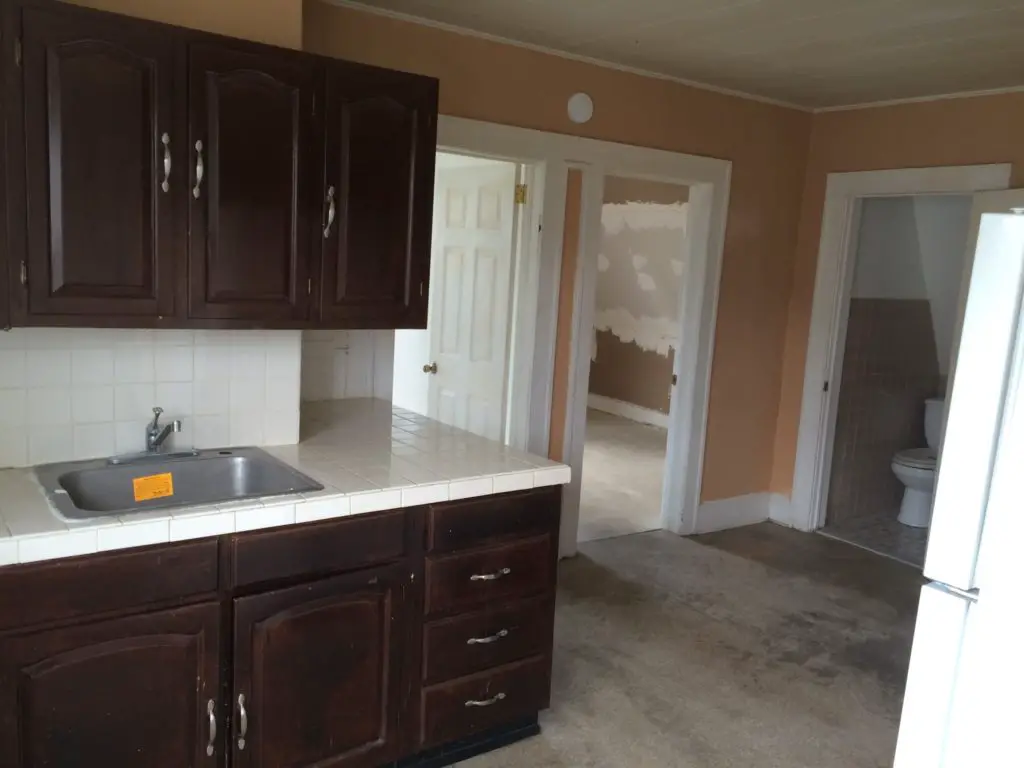
Positives:
- There is a kitchen on the second floor.
Negatives:
- Has it ever actually been cleaned?
- The layout is a little weird
- The cabinet doors seem to be falling off (below sink), as are the handles
- Why is the room on the right patched with sheet rock? Looks like a leak was “fixed”…
- It appears that we will be replacing this kitchen if we ever want to rent out our second floor.
Thirdly, Check the Bathrooms.
After the kitchen, bathroom repairs will likely be among the biggest interior expenses on a house. Let’s explore our two family’s bathroom photos.
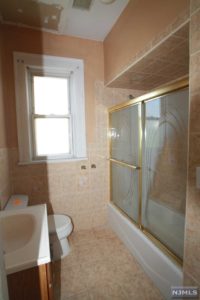
First floor bathroom
Positives:
- The bathroom appears to have been used sometime in the last decade.
- It also appears to have been “updated” sometime since 1980.
- It is tiled and has the fixtures it needs.
Negatives:
- Do you see it? The patch in the ceiling? Could be a number of issues…
- It is tiled… with a very… floral… tile…
- The orange sticker on the toilet could mean that it’s been winterized “for now” or winterized because it may never work again.
Second floor bathroom
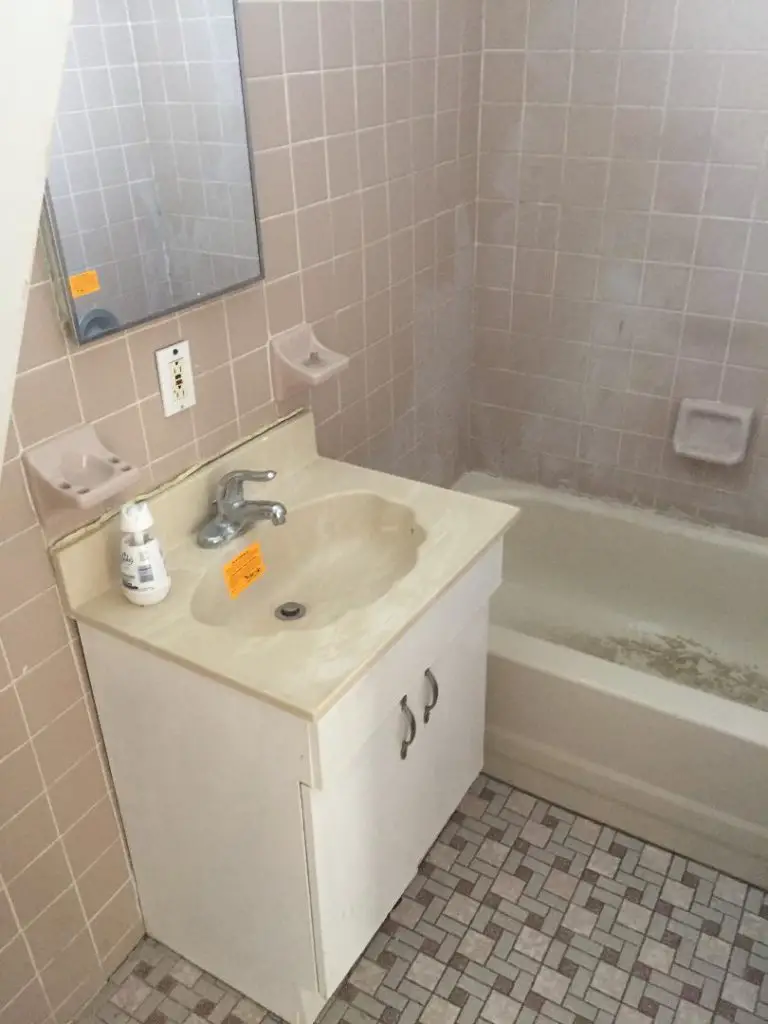
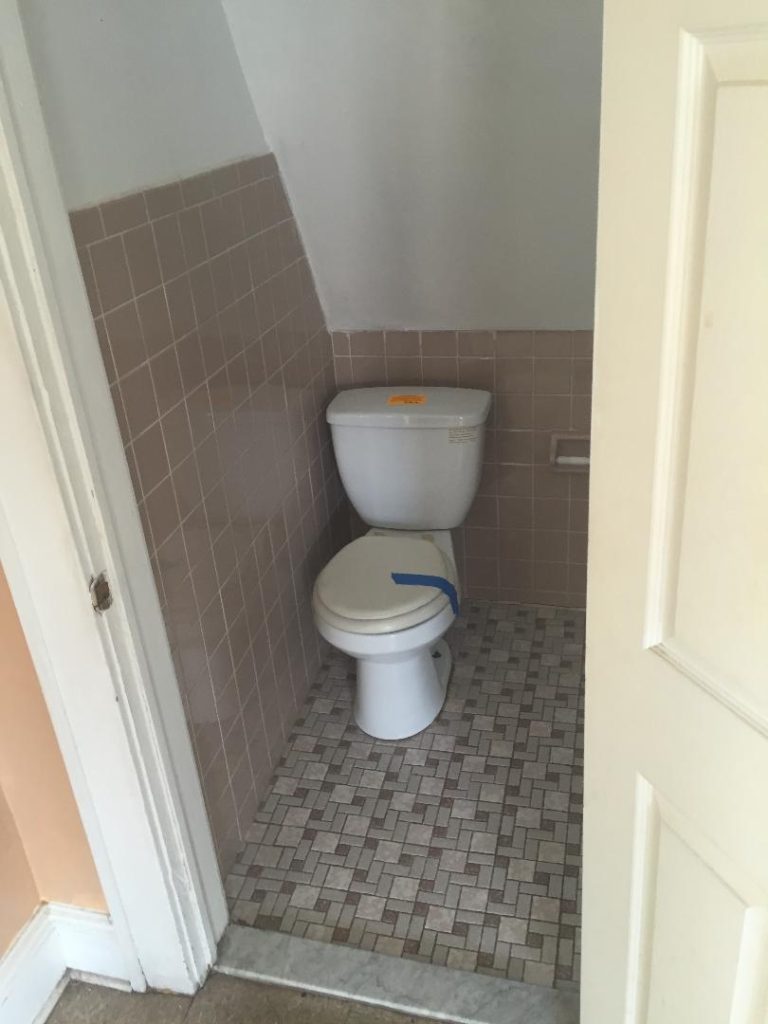
Positives:
- This bathroom once had functional plumbing
- It houses a decent sized vanity + sink
- …that’s about all.
Negatives:
- Dated– check out the pattern of tiles on wall and flooring.
- The toilet is too close to the wall! Yikes! Our plumber kindly informed us that toilets must be at least “12 on center,” meaning the center of the toilet bowl must be at least 12” from the wall.
- More orange stickers! (…which, we are learning, is commonplace on HUD or foreclosed homes.).
- There is an air freshener on the vanity. What are they trying to cover up?
- Someone, in recent living memory, actually bathed and groomed in this room, and exited feeling cleaner than when they entered. Oh dear.
You get the idea, right? Next steps include observing more about bedrooms, living areas, and dining spaces. Observe things like layout, light fixtures, trim or doors, outlets, and weird things on the walls. While some of these things might be no biggie, others may end up costing a few bucks to repair. It’s up to you if you can envision the improvement with your future-goggles, or if you want to pass based on what you learn.
Carefully Explore the Important Info
What is the important information? When you find a house from your couch, you’ll notice some jargon-y details on the listings. Here are some examples:
- property taxes
- HOA fees (even if it’s not a condo, there might be a subdivision or the like)
- type of heating or HVAC or AC – this is HUGE! If you live above the Mason Dixon line, heating costs can add up!
- water (…well water or town water? …septic or sewer?)
- current rent (if a multifamily) – sometimes a house may have a current tenant, or the seller will give you info on what they currently pull in on their rental units
- did we mention property taxes? (…if you live in Oklahoma this might not be too big a deal, but here in New Jersey $10k/year is commonplace.)
- stove source (gas or electric?)
- other random info – sometimes the seller is “motivated” and will offer a % of closing costs. Or they’ll tell you that there’s a squirrel living in the roof that should not be disturbed. You never know.
Look Beyond the Listing
Oh yes, there’s more. Once you have that address, pop that sucker into your favorite search engine. Things to look at:
- Map: What’s nearby? Is it across the street from a fire station (read: noise at odd hours), or down the block from a deli (read: delicious sustenance within a five-minute walk)? Is there a nuclear plant nearby, or a giant lake that would cause the property to require flood insurance?
- Street view: what did that little google-car catch on the random day it drove by? Are there people loitering outside, looking for trouble? Does the house next door resemble an overgrown haunted mansion from Scooby-Doo? You be the judge.
- Satellite view: The fastest way to see what’s up with the roof. If you can zoom in, check if there is anything alarming about both the roof (…do you see solar panels no one mentioned?) and the property as a whole. Fun fact, we learned from satellite that our backyard once housed a pool.
- The address itself may pull up previous listings. Multi-families tend to have old rental listings up for sale on sites like HotPads or Zillow. Sometimes their pictures can give you a good idea of what the house looked like in previous iterations. In our case, the old listing showed some interesting furniture arrangements as well as careless use of the basement – therefore confirming that the previous owners had not taken good care of the property.
That’s it! Our best tips to “let your fingers do the walking.” What are your best observation tactics for narrowing down your home search via the internet? Did anything pop out at you on a recent listing view? Did you, by chance, find a house from your couch?


